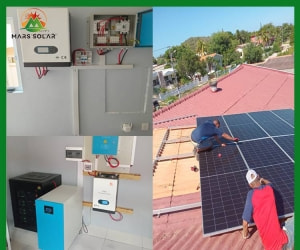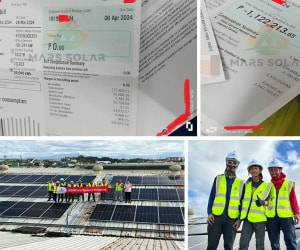A few days ago, the Kenya Power Company announced that the traditional Solar Electric power purchase model for industrial and commercial users was severely impacted by the rapid development of distributed photovoltaics. A large number of industrial and commercial power users began to install rooftop photovoltaic systems for self-generation and self-use of electricity, and the sales revenue of power companies fell by more than half.
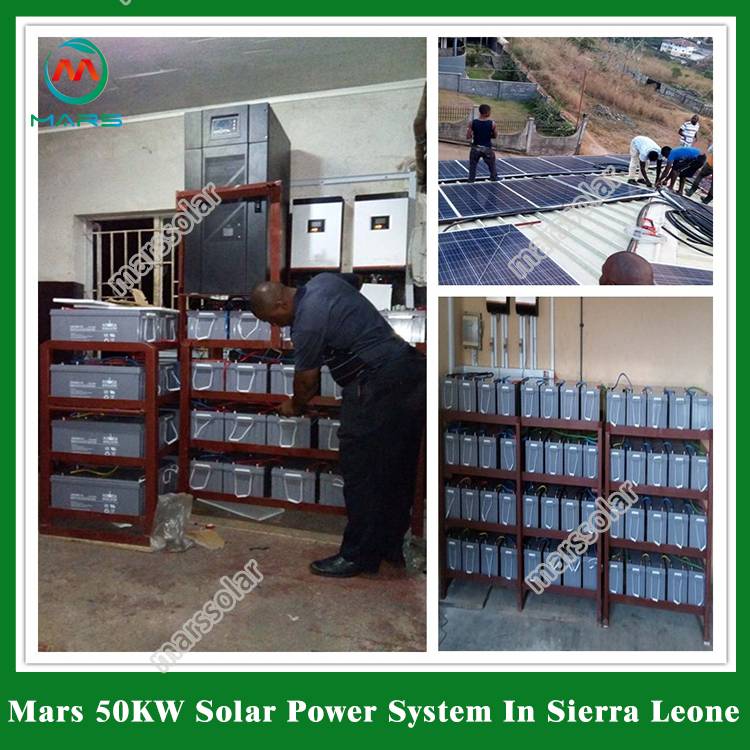
In fact, not only the industrial and commercial sectors, but also the photovoltaic installations of ordinary household users are also rising simultaneously. At present, the Kenyan "Off-Grid Photovoltaic Action" led by the Kenyan Ministry of Energy has been implemented for nearly four years. This project aims to provide electricity protection for about 1.3 million households in large areas of northeast and northern Kenya that cannot be covered by the public grid in Kenya.
According to the Kenya National Energy Efficiency and Energy Conservation Strategy issued by the Kenyan Ministry of Energy in 2020, as of the end of 2019, about 19.3% of houses nationwide in Kenya were installed with photovoltaic power generation systems, equivalent to about 2.3 million specific users. Especially in rural areas, the coverage rate of photovoltaic power generation systems reached 29.9%, while the coverage rate of the public grid during the same period was only 26%.
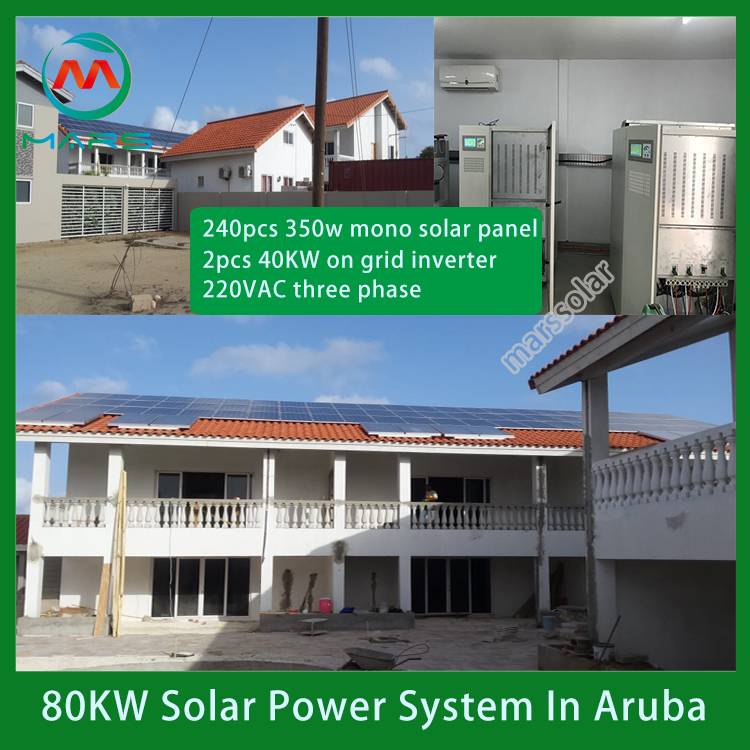
"According to current electricity prices and investment calculations, the payback period of a solar power generation system is about 4 years. Based on the calculation of stable operation for 20 years, the electricity for the next 16 years will be free." Near Lake Naivasha, Kenya Patrick Mbugua, a flower farmer, installed a 154-kilowatt small photovoltaic power generation system on his farm. "Thanks to this photovoltaic power station, we are no longer completely dependent on the expensive public grid, and can achieve spontaneous self-use during certain periods."
Compared with the traditional public grid, the low electricity cost of distributed photovoltaics has become a key factor in attracting users: the 506 kilowatt solar photovoltaic power generation project installed by a Kenyan logistics company saved the company about 12 million shillings (about 720,000 yuan); the distributed photovoltaic system installed on the sun visor of the parking lot of the Kenya Garden City Shopping Center has an annual power generation of 1256 MWh, which can save 31.6 million shillings (about 190 Ten thousand yuan). Kenya Tea Development Co., Ltd. plans to build photovoltaic power generation systems in its 29 factories, which is expected to help the tea factory cut electricity expenditures by nearly 50%.
-
 Solar PV System Expansion: Compatibility, Efficiency & Implementation Guide1. Background and Necessity Early-installed PV systems generally fail to meet the growing energy demands of modern households and enterprises. Compared with replacing the entire system, expansion is a more economical option—but the core question
Solar PV System Expansion: Compatibility, Efficiency & Implementation Guide1. Background and Necessity Early-installed PV systems generally fail to meet the growing energy demands of modern households and enterprises. Compared with replacing the entire system, expansion is a more economical option—but the core questionDo you like ?0
Read more -
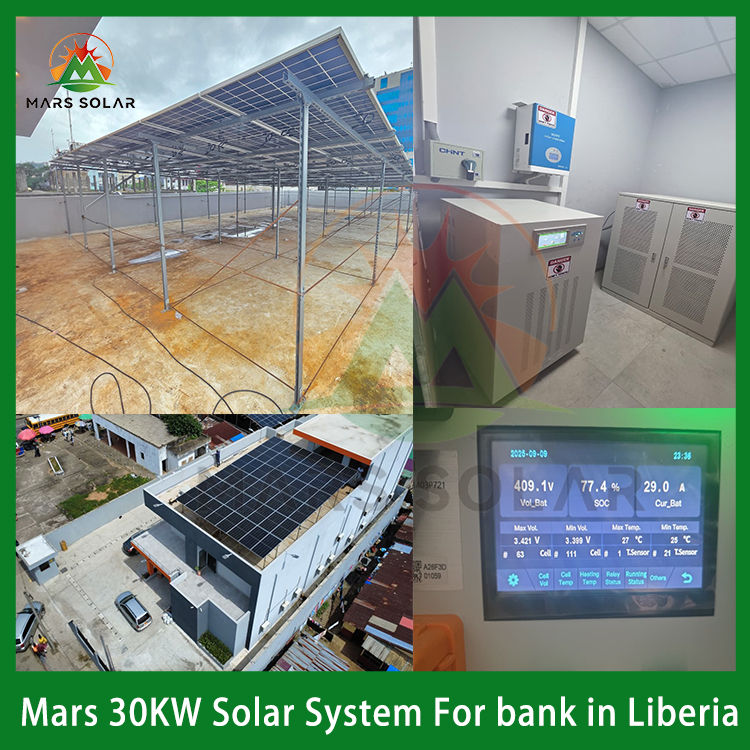 Customized Off-Grid Solar System for a Liberian Bank: Achieving Power IndependenWhen Banks Face the Challenge of "Grid Power Outages and Voltage Fluctuations": A Real-World Solution from Liberia In scenarios where the power grid is unstable and manual intervention is difficult, how to ensure the 24/7 stable operation
Customized Off-Grid Solar System for a Liberian Bank: Achieving Power IndependenWhen Banks Face the Challenge of "Grid Power Outages and Voltage Fluctuations": A Real-World Solution from Liberia In scenarios where the power grid is unstable and manual intervention is difficult, how to ensure the 24/7 stable operationDo you like ?0
Read more -
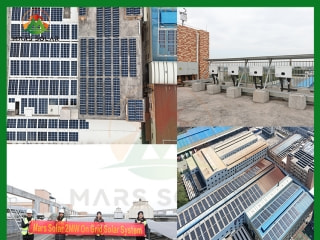 2MW Solar Panel System For Factory2MW mars solar grid-tied solar panel system for factory have designed, produced, and installed in a factory.How does Mars Solar build such a solar panel system for factory? 1. Data collection Before designing the plan, the factory owner vi
2MW Solar Panel System For Factory2MW mars solar grid-tied solar panel system for factory have designed, produced, and installed in a factory.How does Mars Solar build such a solar panel system for factory? 1. Data collection Before designing the plan, the factory owner viDo you like ?0
Read more -
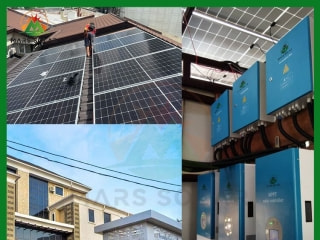 100KW Solar For Hotels And Resorts In NigeriaIn December 2024, the Mars Solar 100KW Nigeria solar for hotels and resorts project was successfully completed. In May 2024, the customer contacted Mars solar and had a series of communications on the solar for hotels and resorts project. The d
100KW Solar For Hotels And Resorts In NigeriaIn December 2024, the Mars Solar 100KW Nigeria solar for hotels and resorts project was successfully completed. In May 2024, the customer contacted Mars solar and had a series of communications on the solar for hotels and resorts project. The dDo you like ?0
Read more -
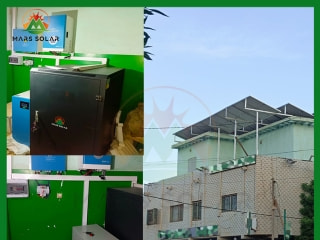 Reliable Energy Solutions for a Mali Pharmacy: 15KW Solar System Success StoryIn the heart of Mali, reliable electricity is a significant challenge, with power coming on for just 2 hours and then cutting off for 4 hours multiple times a day. This erratic power supply is particularly problematic for businesses that depend on consist
Reliable Energy Solutions for a Mali Pharmacy: 15KW Solar System Success StoryIn the heart of Mali, reliable electricity is a significant challenge, with power coming on for just 2 hours and then cutting off for 4 hours multiple times a day. This erratic power supply is particularly problematic for businesses that depend on consistDo you like ?0
Read more -
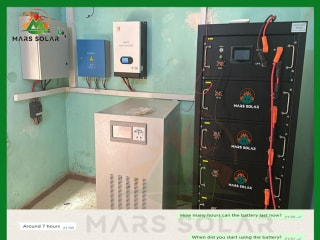 Harnessing the Sun: A Sustainable Solution for Abou's Family in MaliIn the heart of Mali, families like Abou's face daily challenges with electricity access, enduring power outages that can last up to 12 hours. To combat this, Abou relies heavily on a diesel generator to power his home, which includes essential applia
Harnessing the Sun: A Sustainable Solution for Abou's Family in MaliIn the heart of Mali, families like Abou's face daily challenges with electricity access, enduring power outages that can last up to 12 hours. To combat this, Abou relies heavily on a diesel generator to power his home, which includes essential appliaDo you like ?0
Read more


